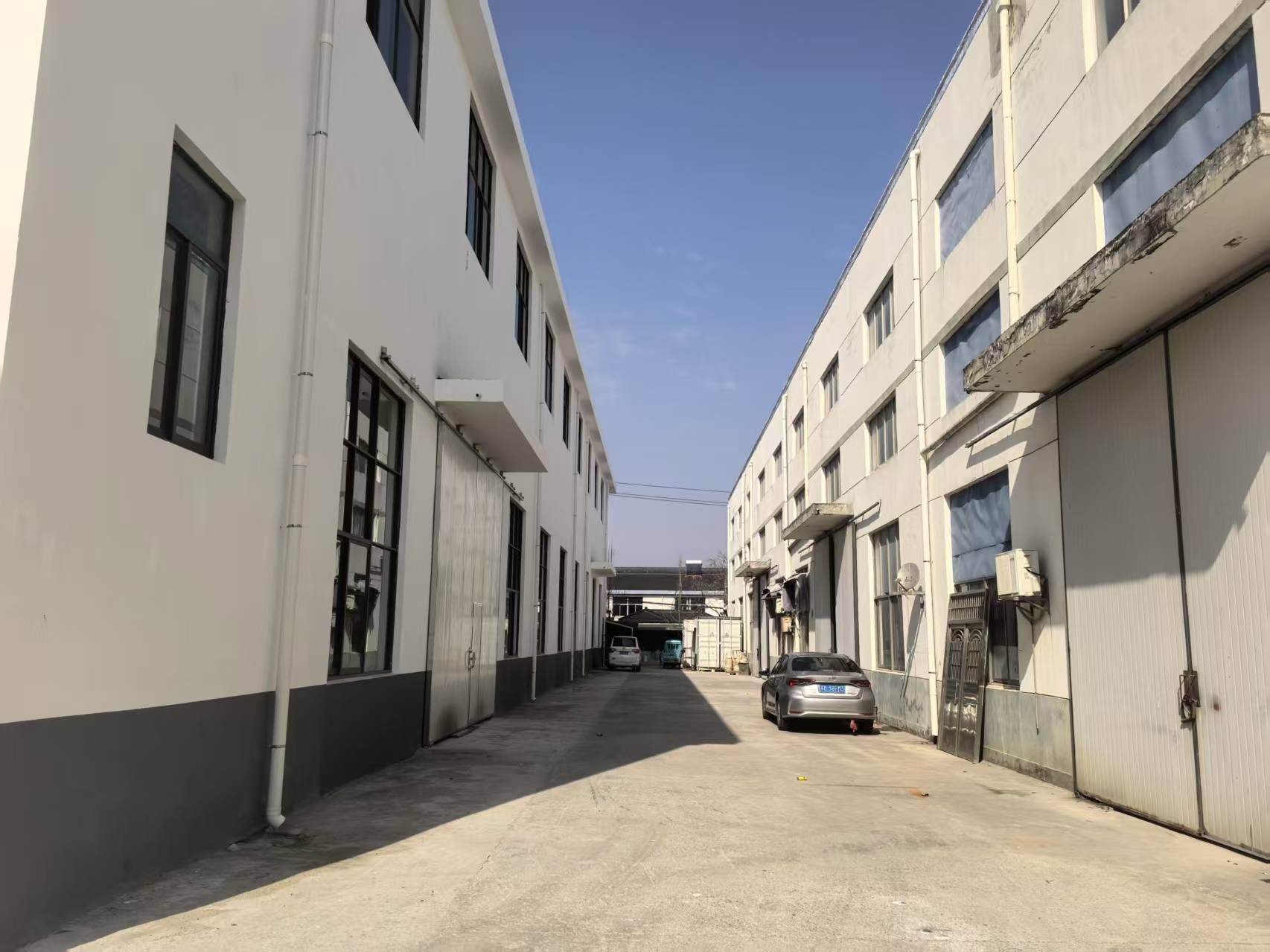
Innovative component demonstrate unique chemical characteristics, rendering them preferable for a broad set of applications. Sprouting from outer space and transportation to electronic equipment, these materials are regularly transforming to meet the requirements of a current context.
- Their sturdiness and against to unforgiving temperatures make them indispensable for state-of-the-art devices.
- Furthermore, technical ceramics deliver pros in terms of performance, promoting the development of cutting-edge apparatuses.
Manufacturing Composites: Developed for Premium Efficiency
Crafted ceramics thrive in taxing tasks due to their remarkable attributes. Made from carefully picked raw elements and treated by exacting processing techniques, these progressive elements exhibit innovative resilience, abrasion resistance, and endurance to demanding thermal states, chemical attack, and friction. From astronautics components to processing tools, industrial ceramics provide unique quality across multiple markets. Their versatility allows withstanding stringent environments, warranting durability and consistency. As innovation progresses, the appetite for high-performance elements grows, cementing the essential role of industrial ceramics in shaping a fortified period.
High-Tech Ceramics: Expanding Matter Margins
Ceramics, exhibiting unique hardness and persistence, are undergoing a reformation. Innovative ceramics, developed with accurate control over their arrangement and microstructure, overcoming the confines of the sum of realizable. These ceramics present a wide assortment of attributes, substantially aiding them fit for stringent fields such as astronautics, biomedical, and electricity. From featherweight parts that persist through extreme warmth to tissue-friendly implants that integrate seamlessly with the flesh, advanced ceramics are transforming our sphere.
Meticulous Ceramic Production: Satisfying Focused Specifications
Ceramic fabrication has developed decisively in recent periods, granting the production of complicated and highly usable ceramic elements. These elements are fundamental across a broad range of sectors, including outer space, medical, and technological domains. Catering to the stringent criteria for these functions calls for detailed fabrication approaches that ensure dimensional faithfulness, surface treatment, and material traits. Next-generation ceramic fabrication processes utilize numerous methods, including slip casting, injection molding, and additive manufacturing. These practices enable the creation of sophisticated structures and scrupulous facets with outstanding repeatability. Equally important, advances in material technology have spawned new ceramic recipes endowed with improved qualities. These elements show increased longevity, lastingness, and tolerance to critical warmth conditions, granting their use in specialized sectors.
The prospects for precise ceramic fabrication are immense. As experiments and advancement carry on, we can expect even more cutting-edge methods and materials that will again extend the edges of what is doable in this domain.
Top-Performing Ceramic Forms for Severe Conditions
Specialized ceramic substances boast extraordinary toughness and stamina against severe ambiences, making them optimal for stringent assignments in aviation territories. These advanced ceramics can overcome high warm loads, withstand wear, and maintain their capability under rigorous physical loads. Their singular atomic properties allow steady operation in tough circumstances, including fireplaces, aircraft engines, and reactor cores.
- Advanced ceramic alloys
- High-temperature stability
- Mass reduction
Ceramic Hybrids: Blending Rigidity and Functionality
Mixed ceramics furnish a convincing mix of mechanical toughness and distinct tailored capacities. Through the union of ceramic particulates within a scaffold, these composites achieve remarkable efficiency. This synthesis results in heightened tolerance against high heat, wearing, and chemical degradation, rendering them suitable for critical deployments in flight, cars, and energy industries. Furthermore, ceramic composites can be personalized to possess particular properties like electrical conductivity or biocompatibility, increasing their employability across diverse sections.
Fine Regulation in State-of-the-Art Ceramics
Gaining optimal specifications in advanced ceramics commonly requires scrupulous oversight over their grain configuration. A variety of treatment criteria, including sintering temperature, duration, and atmosphere, alongside the incorporation of dopants or supporting phases, considerably change the alignment of granules, interstices, and other microstructural characteristics. Careful adjustment of these parameters allows for the amplification of fortification, fracture resistance, and thermal conductivity. Namely, raising the sintering heat intensity can foster grain inflation, thus increasing compression and improving mechanical fortitude. Conversely, modifying the firing atmosphere may influence the oxidation state of the ceramic, thereby influencing its electrical resistance or magnetic features. Recognizing these relationships between microstructure and properties is indispensable for constructing advanced ceramics with personalized characteristics suitable for numerous operations.
Decay-Resistant Ceramics: Improving Durability
Across high-stress workshop markets, where parts are forced to constant scoring and wearing, compounds with notable hardness are essentially needed. Wear-resistant ceramics have developed as a key answer, yielding unparalleled fortitude and efficiency in many fields such as fabrication, mining, and aerospace. These state-of-the-art composites possess a exclusive internal formation that improves their capability to oppose wear. By leveraging the intrinsic fortitude and firmness of ceramic substances, engineers can fashion resilient units capable of bearing the most challenging operating situations.
Healthcare-Oriented Products: Scenarios in Health Industry
Clinically safe ceramics have reshaped the health domain, delivering an array of beneficial peculiarities for extensive functions. These ceramics are non-reactive within the tissue, minimizing reactionary responses and facilitating healing. A prime mission for biocompatible ceramics is in skeletal implants, where their durability sustains long-lasting security to damaged biological tissues.
Furthermore, they are leveraged in tooth replacement, yielding a sturdy and attractive solution for dentures. Ceramics also serve a key responsibility in controlled release technologies, contributing to the accurate application of drugs to specific zones within the biological makeup.
- Furthermore, biocompatible ceramics are steadily being scrutinized for cellular therapy, serving as a foundation for restoration.
- Consequently, the prospect of biocompatible ceramics in therapeutics looks positive, with continual advancements expanding their potential.
Ceramic Sensing Technologies: Improving Accurate Measurements
Precision ceramic instruments have developed as critical parts across a extensive array of applications. These detectors use the unique characteristics of ceramic types to deliver mullite ceramic highly dependable calculations. Their resistance in {demanding|harsh| 